There are many fascinating monuments in India which catch the attention of researchers, scholars, travelers and the native people alike to this day. The enriched architecture, the glorious history and the intriguing myths and legends make them unique. The Konark Sun Temple is one such wonder.
The name Konark derives from the Sanskrit words ‘kona’ and ‘ark’ which mean ‘angle’ and ‘the Sun’ respectively, and the temple is dedicated to Sun God Surya.
12 Amazing facts about Konark Sun Temple
1. 12 pairs of wheels
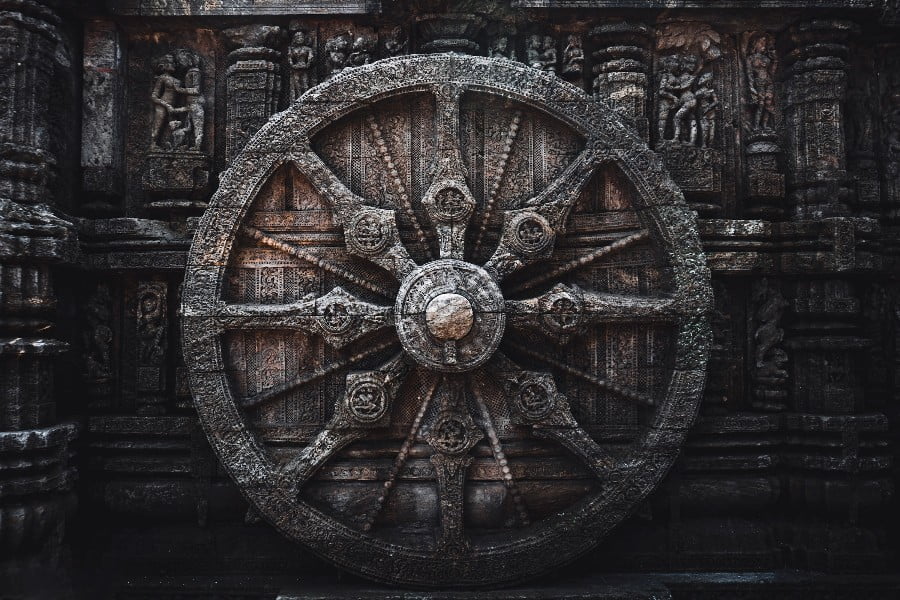
The 12 stone-carved pairs of wheels of the Konark Sun Temple represent the 12 months of a year. The two wheels of pair defines Shukla Paksha and Krishna Paksha of a month. The temple is a concrete and symbolic representation of passage of time.
2. The Wheel
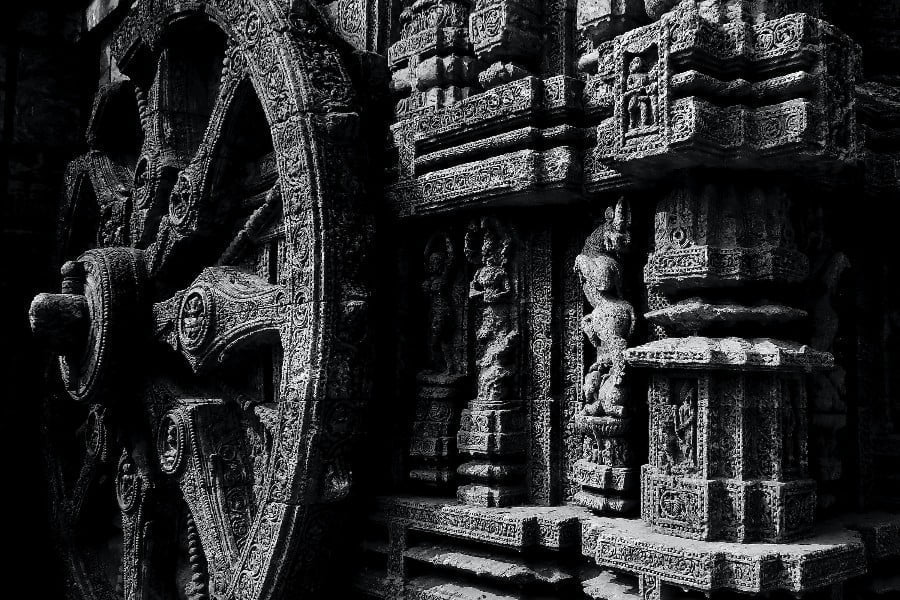
Each wheel is a built-in sundial. The sundials were used in the ancient period to know time like we use clocks today. Every wheel has 8 spokes which are the 8 prahars of a day. A prahar is a 3-hour period in a day. They form a 24-hour day. These wheels are found at the base of the temple designed as a chariot. They can be used to calculate the exact time of the day by seeing the shadow cast by the wheels.
3. UNESCO World Heritage Site

The temple is one of the UNESCO sites in India for its unique model of antique architecture. It is also featured in various lists of Seven Wonders of the World. It is a designation which declares that the temple has cultural significance for the entire world.
4. Wealth and Power
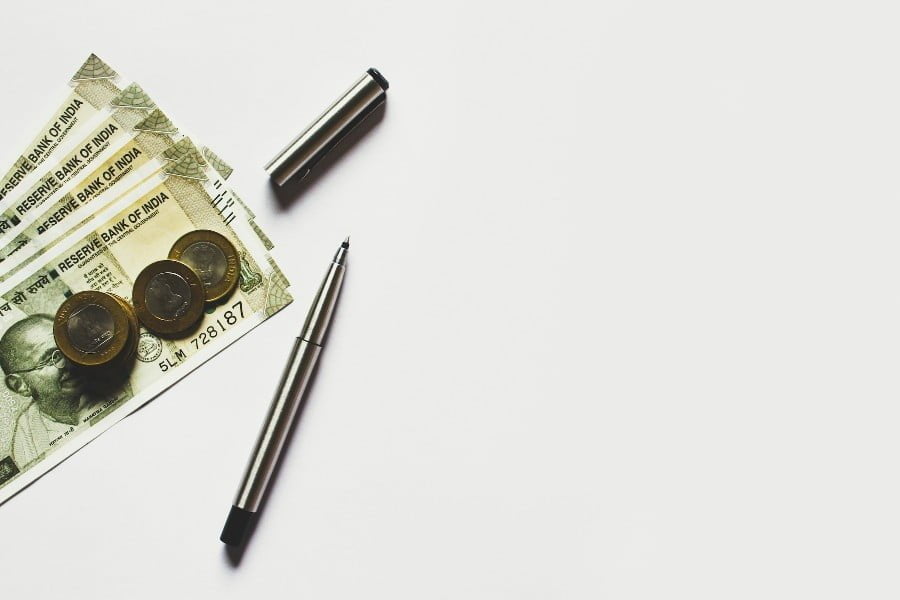
At the entrance of the Sun Temple, there are sculptures at either side. The two lions are crushing an elephant each. Beneath each elephant is a human being. The lions symbolize power, the elephants symbolize wealth. The whole illustration represents the major problems that create a burden in man’s life.
5. Black Pagoda

Originally, the temple was at the sea shore and served as a navigational point for the sailors. They called it “black pagoda” as the temple was dark in colour. Now it is 2 km away from the sea! The sailors found it particularly helpful as they navigated through the Bay of Bengal to reach the Eastern shore.
6. Extensive Sculptures
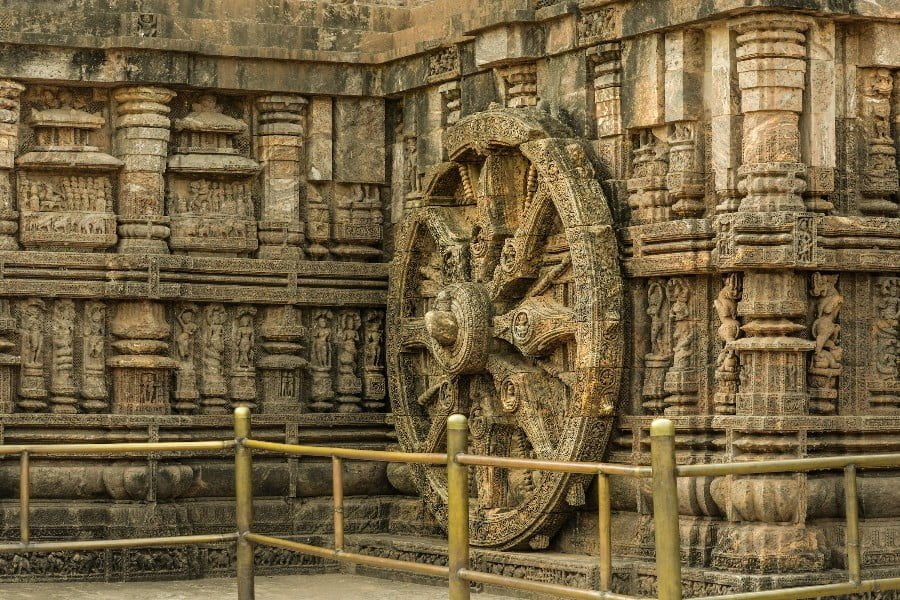
Like the temples of Khajuraho, the Sun Temple at Konark also has an abundance of sculptures that depict kama, artha, dharma and moksha; that are the four major pursuits of man’s life.
7. Dedicated to the Sun God, Surya
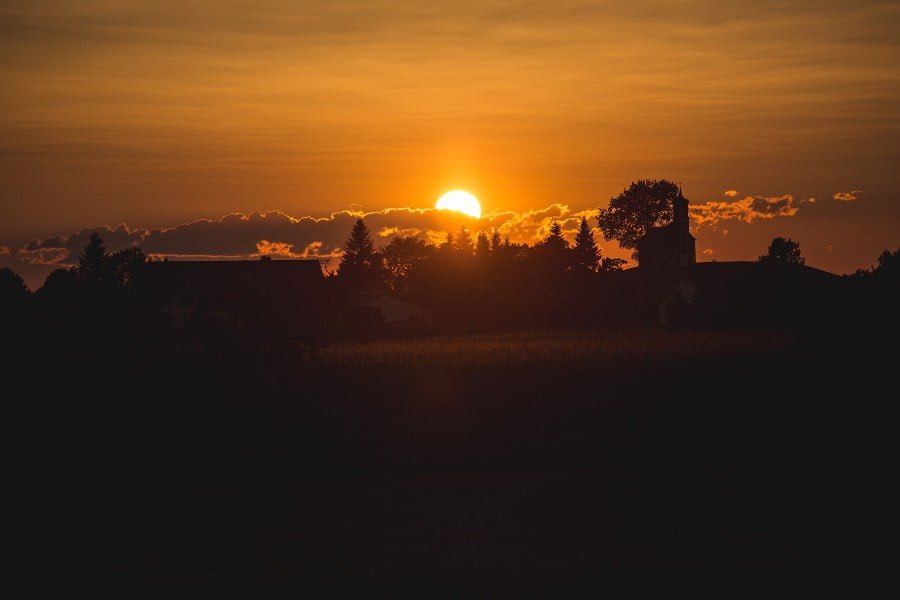
In Hindu scriptures, Surya is represented as rising in the east and traveling rapidly across the sky in a chariot drawn by seven horses and marshaled by the charioteer Aruna. The temple is built in such a way that the chariot-shaped temple appears to be emerging from the depths of the blue sea carrying the sun during dawn or sunrise. It is a splendid view to witness.
8. Imported stones

Konark Sun Temple was made by using three types of stones namely chlorite, laterite and khondalite. None of these stones occurred naturally nearby. The stones used for making this temple were brought from outside India. Most probably the sea route was used for bringing the stones from other countries. This shows that the India used to trade with other countries even at that time.
9. Damage and restoration
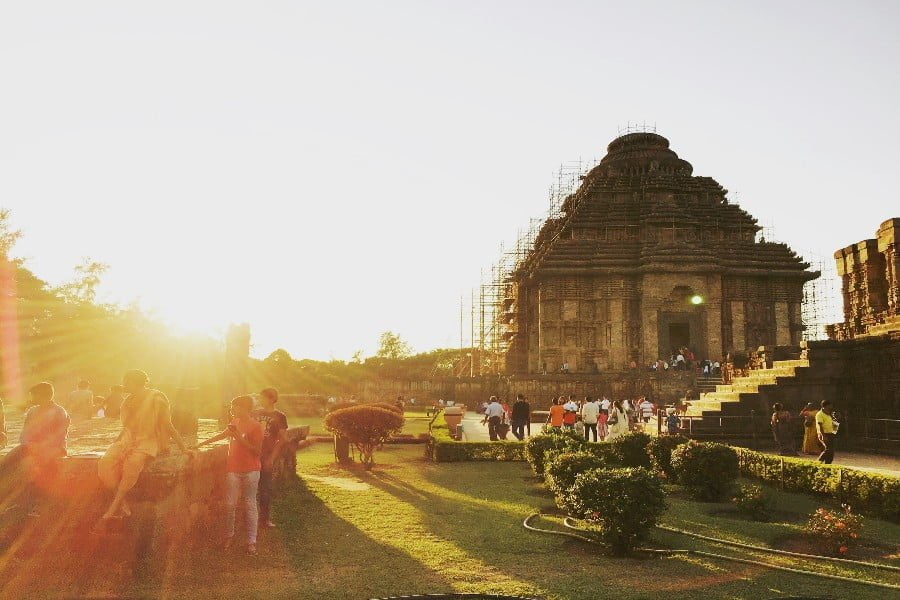
The temple is a majestic and classic form of Kalinga Architecture. Today the main temple or the deul no longer exists. Its shikhara was around 229 feet tall. Much of the temple is now in ruins. Many people believe that the temple was damaged due to natural disasters, while some believe that the muslims destroyed it while they were ruling in India. But the reason is still unknown. Moreover, the temple that exists today was restored due to the conservation efforts of British India-era archaeological teams.
10. Planning and construction records

Konark Sun Temple is among those few temples of India whose construction and planning records have been preserved. These records were written in the Sanskrit language in Odiya Script. They are preserved in the form of palm-leaf manuscripts. These records were discovered in a village in 1960s and then were translated after some time. They made it possible for us to know the original structure of the monument.
11. Fine miniature details
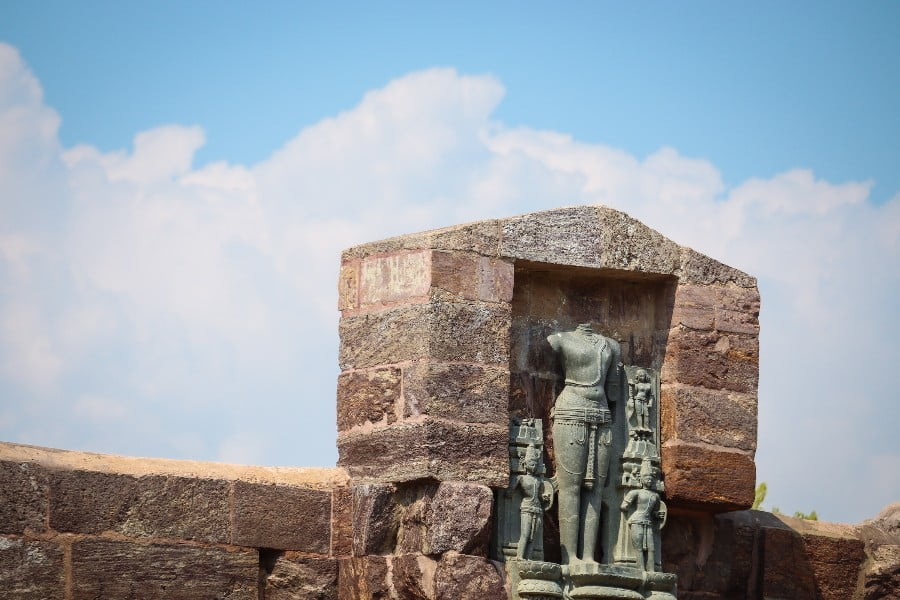
Some of the walls and scriptures of the temple are carved intricately. Some are even finished with jewelry-quality miniature details which show the talent and expertise of the artisans. The major works of art include sculptures of Hindu deities (God), apsaras, birds, animals, aquatic creatures, legendary creatures, and friezes narrating the Hindu texts.
12. The seven horses
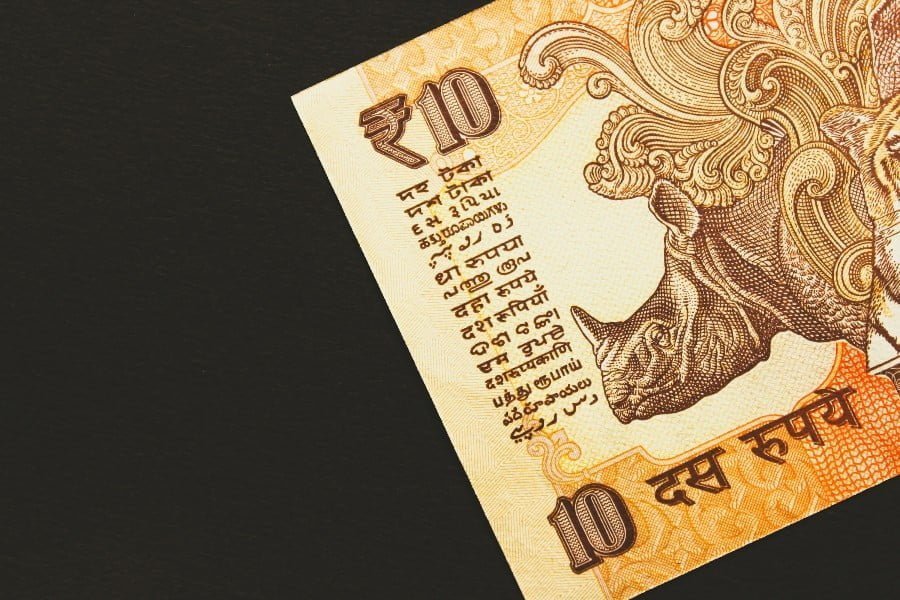
The 7 horse statues that appear to pull the chariot represent the seven days of the week. They are named after the seven meters of Sanskrit prosody. Name of the seven horses of chariot are Gayatri, Brihati, Ushnih, Jagati, Trishtubha, Anushtubha, and Pankti.
The Konark Sun Temple is depicted on the reverse side of the Indian currency note of 10 rupees to signify its importance to Indian cultural heritage. These interesting facts partially reveal why the temple is so remarkable. The more we get to know about such monuments, the more we realize about the development of the kingdoms of the past. The science, architecture, artistry and sheer grandeur that went into creating the Konark Sun Temple is simply awe-inspiring even with the remaining relics.
Read also – 23 Facts About Daily Things Seen Around!